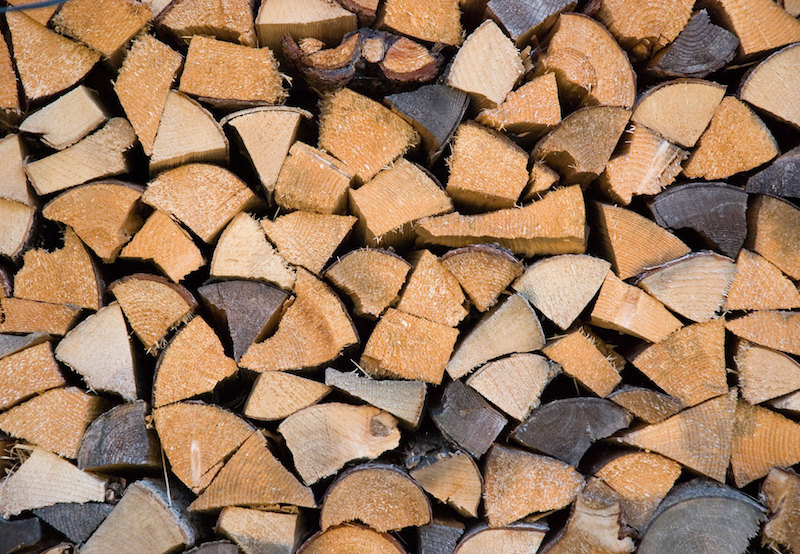As more people gather around a firepit this winter, there are also increased risks for trees and the climate. Here are ways to reduce the impacts that are cleaner for the environment and safer for the forests.
Smoke from burning wood is made up of a mixture of gases and fine pollution particles that can cause health issues for sensitive populations, like children and the elderly. Burning wood also emits short-lived climate pollutants including soot, carbon monoxide and volatile organic compounds such as methane. Soot, of which black carbon is a major component, is the second largest contributor to global climate change, and methane is the third, according to the Environmental Protection Agency (EPA).
Additionally, the increased demand for firewood has also seen more movement of wood from state to state, which can increase the number of tree-killing insects and diseases as they hitchhike cross country in firewood and infect live trees.
To make burning wood cleaner, the EPA offers tips to reduce the particulate pollution in the air, and the Missouri Department of Conservation (MDC) provides ideas to reduce detrimental insect and diseases from being spread to live trees.
EPA: Reduce firepit pollution
- Only burn seasoned, dry wood, which burns hotter and cleaner.
- Use a moisture meter to check firewood; moisture content is best at about 20 percent.
- Cover stacked wood, but allow good air flow so it can dry.
- Never burn wood during air quality alert days, when air pollution is already higher.
- Never burn green wood, construction waste, plastic, garbage or yard waste. They create more smoke and can be toxic.
- Take extra care if you live in a region where brush fires are of concern, or if your area is experiencing a drought or dry period.
MDC: Stop spread of insects and diseases
In Missouri, the current firewood quarantine restricts the movement of hardwood firewood out of state. Unfortunately, tree-killing insects and diseases can be very hard to detect in firewood since they are often concealed under bark. Even seasoned wood can have no obvious signs of bugs, holes, or sawdust that harbor insect eggs or fungal spores capable of starting a new infestation.
The MDC recommends:
- Don’t move firewood more than 50 miles from where it was harvested.
- If purchasing wood, use heat-treated wood, which will be pest free. It is usually sold in home improvement stores.
